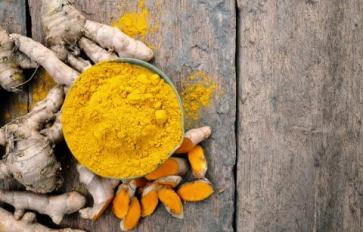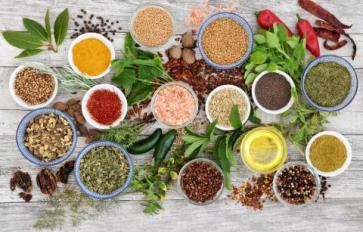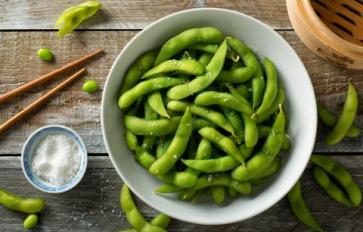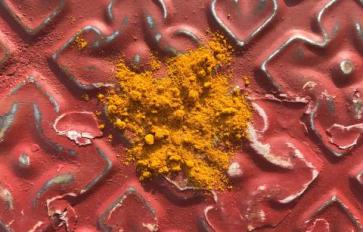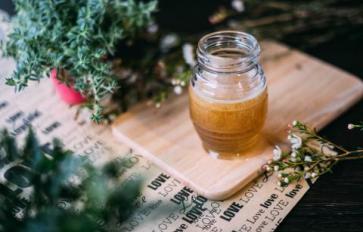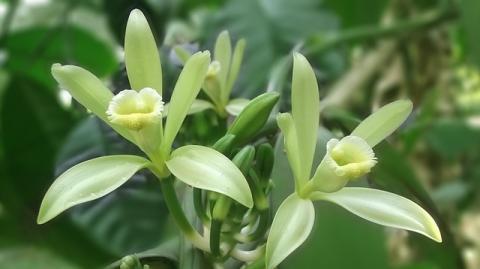
Wow! You went to Mexico on vacation and snagged a gigantic bottle of vanilla. Since vanilla originated in Mexico, it makes sense to you that you could get a deal like this.
Not so fast. Pure Mexican vanilla is a pleasure to sniff – and it has a price tag comparable to its loveliness. The quart-sized bottles of vanilla you can buy for a few dollars in Mexican tourist areas are probably synthetic. Labeling laws in Mexico are very different, and the product could contain extracts from other plants (like the tonka bean) that are actually banned in our country.
True vanilla comes from the seed of Vanilla planifolia, the only orchid that bears fruit. The plant gave ancient Totonacs (and later, Aztecs) a sweet respite from a meat-based diet. Cortez discovered the awesomeness of the bean, calling it “vainilla” or “little pod,” and carried it back to Europe.
But the plant was selective in how it was to be pollinated – the only suitor that was suitable was a tiny little bee, Melipona, that didn’t hang out in Europe. But in the 19th century a Belgian botanist came up with a way to use artificial pollination to produce vanilla beans. Now vanilla beans are grown in China, Madagascar, Tahiti and other places around the world.
But the vanilla stunt double can be found under names like “vanillin,” “imitation vanilla,” “vanilla flavor,” or “natural flavor.” Pure vanilla may be mixed with sugar, corn syrup or other ingredients. Or you may see the word “vanillin” in the ingredient list of flavored products.
Here’s where it gets confusing. The vanilla orchid produces a chemical called glycoside to protect itself from being eaten. When the vanilla bean is cured, glycoside is converted to vanillin (better taste though natural chemistry). But vanillin can be produced in other ways. A Belgian company refines rice bran oil to produce vanillin, and a Swiss company begins the process with sugar. The most common method of producing vanillin is from lignin, a by-product of wood pulp and paper production. This is often used in commercial foods such as ice creams and baked goods.
Yes, you could be cooking with sawdust.
Vanilla bean extract is the only pure-processed, non-synthetic vanillin. Be prepared to pay for its goodness – it is one of the most expensive spices in the world, second only to saffron.
Or you can make your own using a recipe like this. Make extra. Your gift of homemade vanilla will trump a bottle of Pure Mexican Vanilla any day.

